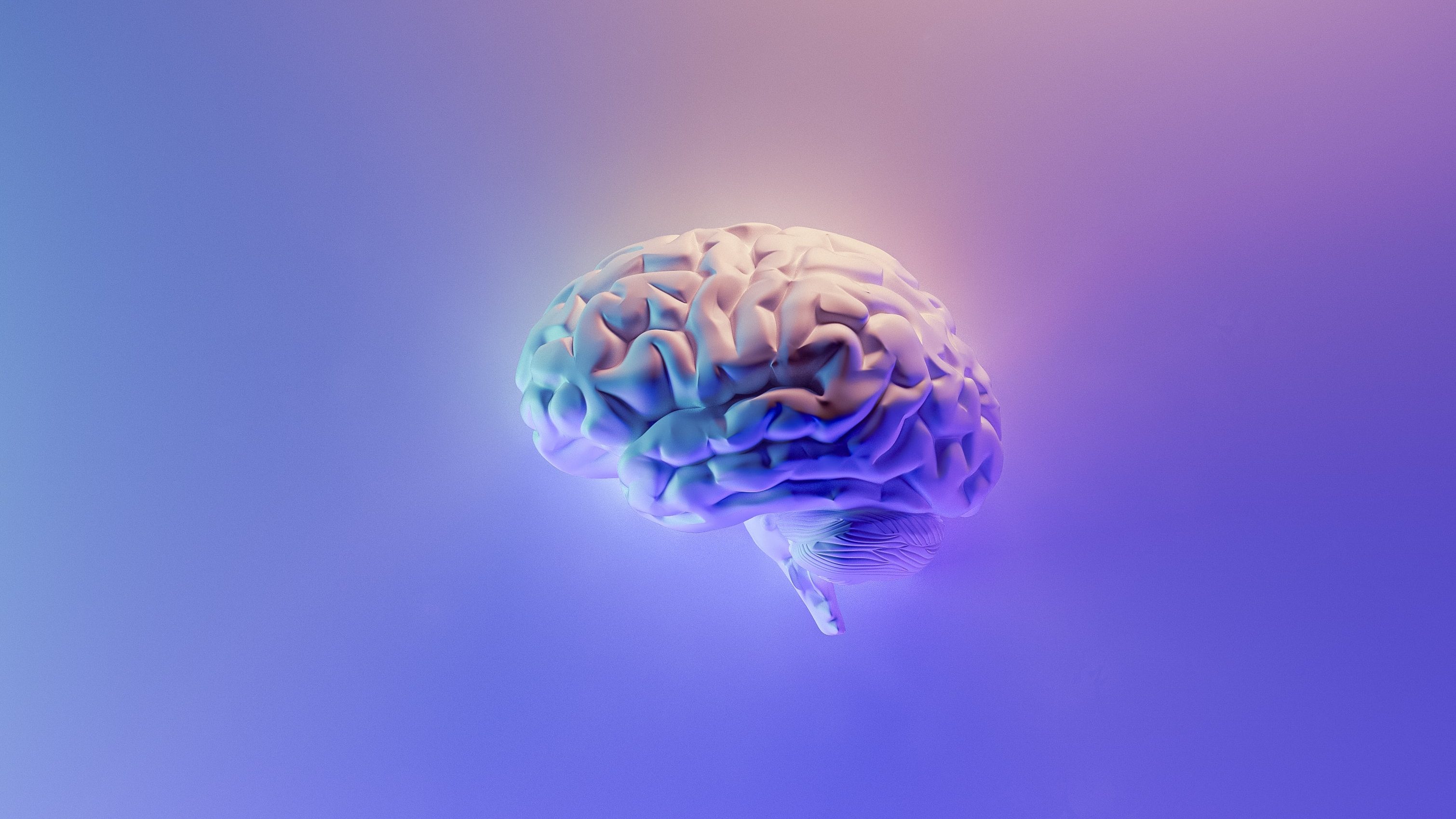TUSCALOOSA, Ala. – Young Black and white athletes have different experiences after a sports-related concussion, according to a study involving a researcher at The University of Alabama.
Studying athletes competing in middle school, high school and college, researchers found Black athletes reported a shorter time between injury and symptom resolution and spent fewer days out of school. Black athletes were also less likely to report a change in daily activities after a concussion.
“This study adds to a growing body of work that underlines racial differences or disparities related to concussion in youth athletes,” said Dr. Jessica Wallace, co-investigator on the study and UA assistant professor of health science in the athletic training program. “Many of the differences we are seeing are likely directly related to resource-based inequity and inequality. So, as we continue to identify and understand these differences between Black and white youth athletes, we as a community of concussion researchers and care providers must simultaneously be intentional in our efforts to reduce these differences.”
The project was led by Vanderbilt University Medical Center, home to the Vanderbilt Sports Concussion Center, and was outlined in a recently published paper in the Journal of Neurosurgery: Pediatrics.
“Despite prior evidence of health inequities across races in neurosurgery and medicine in general, there were disproportionately few studies exploring racial differences with regard to sports-related concussion,” said Dr. Aaron M. Yengo-Kahn, co-director for research and neurosurgery at the Vanderbilt Sports Concussion Center. “This was troubling to us as the student-athlete population, those at risk for sports-related concussion, is so racially and culturally diverse.”
The study was performed with the aid of the Vanderbilt Sports Concussion Registry. The researchers focused on 36 Black and 211 white athletes age 12 to 23 who sustained a sports-related concussion and were treated between 2012 and 2015. Data were collected via a review of medical records and telephone communications with the athletes and their parents or guardians. Most of the athletes were male, and the groups’ past medical and family histories were comparable. However, 94% of white athletes had private insurance compared to 67% of Black athletes, and more white athletes lived in higher-income neighborhoods.
Four primary outcomes consisted of the number of days between injury and both symptom resolution and return to school, and whether the participants stated they had experienced post-injury changes in daily activities and sports behavior.
Black athletes reported it took about 12 days from injury to resolve their symptoms, while white athletes reported about 21 days.
“Many concussion symptoms are not always easily tied to concussion or a brain injury, making it difficult for patients to discern,” Wallace said. “Much more work has to be done in regards to better understanding symptoms, but there are disparities in symptom knowledge, which could influence symptom reporting or symptom recall.”
Also, Black athletes reported missing little to no school after the injury, while white athletes reported missing, on average, about two days of school. In both recovery and missed school, the differences between the races held true when the researchers adjusted for age, sex, concussion history, median income, and health insurance type.
In changes to daily activities, white athletes reported spending less time sleeping, watching television and doing homework than Black athletes following the concussion. After the researchers controlled for age, sex, concussion history, median income, and health insurance type, they found that Black athletes had lower odds of reporting a change in daily activities post-injury.
About a quarter of the Black athletes reported making a change in protective equipment, compared to about 12% of white athletes, but, overall, changes in sports behavior did not differ between the two groups.
The study points to the need for concussion researchers to report the racial and ethnic make-up of research participants to help gain a better understanding of the differences, which can be used to improve access to care, school-based resources and concussion education.
“With this study, we see that this difference exists where it should not exist,” Wallace said. “Re-entry into sport and school after a concussion is serious so we have to move in the direction of closing these disparity gaps and equipping all athletes with tools/resources that will help to protect them and keep them safe.”
This work is part of a Southeastern Conference Faculty Research Collaboration between Wallace and concussion researchers at Vanderbilt Sports Concussion Center.
Contact
Adam Jones, UA Strategic Communications, adam.jones@ua.edu
Source
Dr. Jessica Wallace, jswallace1@ches.ua.edu
